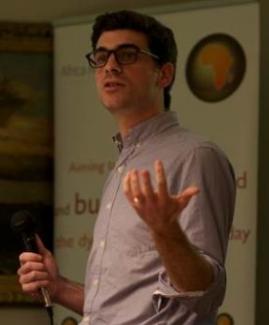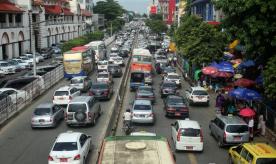The political economy of urban transport in Yangon, Myanmar
Traffic congestion in Yangon is undermining the city’s economic growth potential.
We found that this is the result of a dysfunctional transport system and lack of coordination of transport policy for Yangon.
To tackle this, a dedicated transport agency for Greater Yangon should be created, with a mandate to maximise urban mobility.
Plans for a Bus Rapid Transit system should be resurrected and pedestrian and cycling infrastructure should be developed. This would provide viable alternatives to travel by car.
The Yangon city-region is home to over 7 million people and produces roughly a quarter of Myanmar’s GDP. In recent years the city has thrived in a context of gradual political and economic liberalisation. But Yangon’s capacity to serve as an engine of economic growth is being undermined by debilitating congestion. Between 2012 and 2015 the number of cars on Yangon’s roads more than doubled, from roughly 267,000 to over 690,000; journey times have more than tripled in some areas; and there are growing concerns about the public health effects associated with exhaust pollution. Yet despite widespread agreement among citizens and government officials that there is a significant problem, efforts to tackle congestion in the city have consistently failed.
Debilitating traffic congestion is a symptom of Yangon's broader mobility crisis.The priority should be the creation of a dedicated transport agency. This should be independent and accountable with a metropolitan remit. The agency would coordinate planning, investment, maintenance, and regulation of relevant infrastructure and services. This will help to ensure a cohorent, proactive and effective approach to urban transport management in the future.
The government should also revive plans to build a Bus Rapid Transit system, which have stalled with recent reforms to the bus system. This is the most cost-effective approach to developing a mass transit system in the medium run. It could also halt the ongoing haemorrhage of passengers from buses, by providing a rapid and reliable service. Finally, personal mobility could be significantly enhanced at minimal cost by supporting walking and cycling, including through the relaxation of restrictions on cycling.




